How do capillary wine meters work and how to use them?
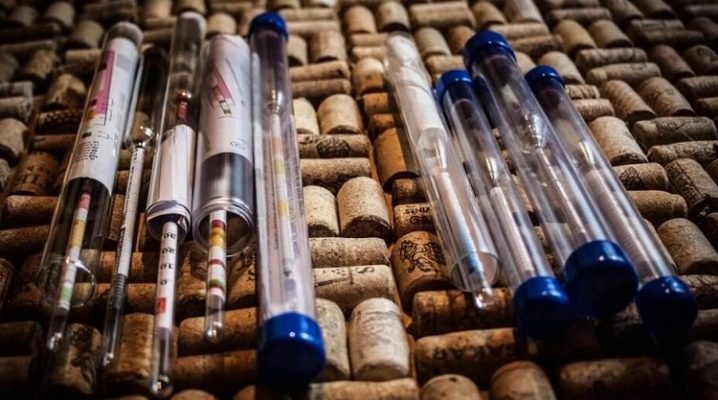
A wide variety of wines have been popular around the world for centuries. Including because of such a record demand, many are trying to make this drink on their own. It's no secret that its strength is directly influenced by a whole list of important factors, which, among other things, include the amount of sugar and density.
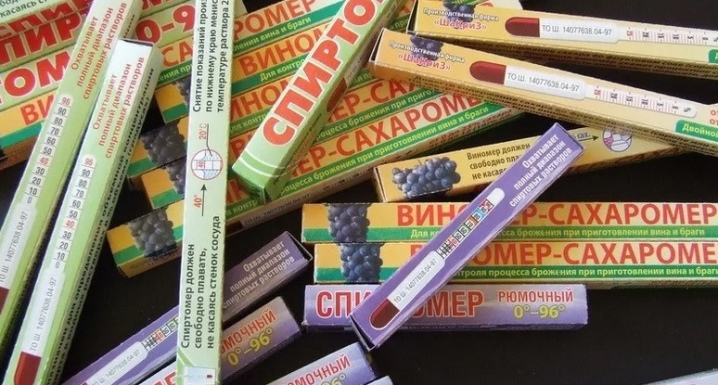
Professionals in their work to determine key indicators use rather sophisticated equipment that can quickly perform all the necessary measurements. And for a home distiller, you need to know how a capillary wine meter works and how to use it correctly.

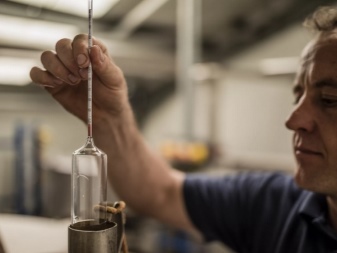
How does it work?
It is no secret that the quality and strength of the considered alcoholic beverages directly depend on the amount of ethyl alcohol in them, as well as on the sugar content. These parameters are easy to determine using alcohol meters, as well as wine sugar meters. However, the wine tester also successfully copes with the functions of the first device. By the way, many models are a universal device in the form of a hybrid. Such options are equipped with two scales at once.
Household wine meters, like their counterparts - sugar meters, determine the mass fraction of sugar in wine and other liquids with a measurement range from 0 to 25%. Naturally, in comparison with laboratory equipment, such simplified instruments are less accurate. However, many years of practice have proven that it is quite enough.
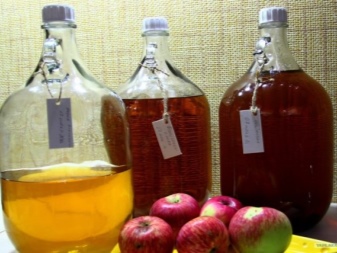

As a rule, in home wine production, perfect accuracy is not required for one's own needs, and, therefore, an error is allowed. However, it is worth considering that the deviation from real indicators, which is possible when using a capillary-type wine meter, can play a decisive role for winemakers.
This simple instrument itself is a glass flask. One end of it is narrow and has a small hole, as well as divisions along almost the entire length. The second side is a funnel designed for filling the investigated liquids.


It is worth noting that capillary wine meters are classified as viscometers, that is, instruments with which the viscosity of formulations is determined. All of them are structurally completely similar, and work on the same principle. So, inside a calibrated tube of small section, a liquid passes at a speed that is primarily due to its consistency (viscosity).
At the same time, experienced winemakers are well aware that this indicator will decrease as the proportion of alcohol in the mixture increases. It is important to take into account that the considered type of measuring instrument is focused on the study of ready-made drinks. And we are talking mainly about dry, white wines with a strength ranging from 8 to 13%. By the way, capillary wine meters are most common in European countries.
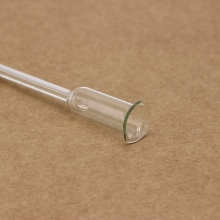
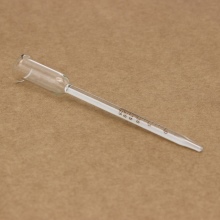

In addition to everything already stated, it is worth focusing on the fact that the measurement error depends on the characteristics of the alcohol-containing mixtures themselves... For example, if we are talking about the study of sweet and strong wines, then the deviation from the actual values can reach 4%. And the determining factor here is the amount of sugar.
To obtain results with maximum accuracy, experts and experienced distillers recommend diluting the volume of liquid allocated for measurements with water in equal parts. The main thing is not to forget then to halve the obtained indicators.


How to use it correctly?
At its core, the process of using a capillary wine meter is quite simple. This is largely due to the very design of the device and the principle of its operation.
Let's take a look at the step-by-step instructions for use.
- Rinse the device well warm water and blow it out of the canal.
- Pour in the test material, filling about half of the flask... It is important that its temperature is +20 degrees or slightly lower.
- Wait until the liquid passes through the capillary (tube) and begins to drip from the bottom hole... It is necessary to top up the test mixture until all air bubbles in the channel disappear.
- When a few drops appear, turn the device over and place it on a flat surface, placing it on a funnel. A small puddle will inevitably appear under it, which is quite normal and should not cause concern about erroneous actions.
- Fix the readings of the wine meter, at which the lower meniscus of the mixture will stop... This is exactly what will be the cherished degrees in wine. It is important to remember that in this case the measurement result will be the alcohol (alcohol) content as a percentage of the volume.
At the final stage, it will be necessary to thoroughly rinse the wine tester. It is important to make sure that nothing is left in the flask, and most importantly, in the channel. Otherwise, small particles will dry inside. This in itself will cause certain difficulties in the further operation of the device, and will also affect the accuracy of its readings.
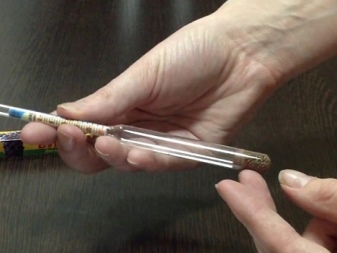

How to check for accuracy?
Taking into account all of the above, we can confidently conclude that wine meters, including capillary ones, are an integral element of any winemaker's arsenal. The use of such measuring devices will be within the power of even beginners who do not have the appropriate experience. It is important to remember that they allow you to control the quality of the product. However, despite all the simplicity, it is often necessary to face the fact that the tool makes mistakes.
The accuracy of the measurement results is directly determined by how correctly they are carried out. But the state of the measuring device itself plays an important role.
By the way, maximum accuracy can be discussed exclusively in the context of evaluating the performance of laboratory devices. Household models and, in particular, wine meters, have an error of up to 4%.
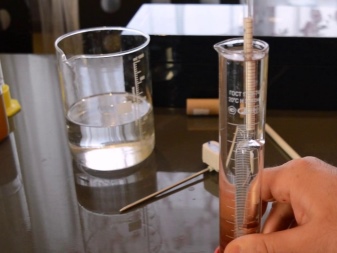
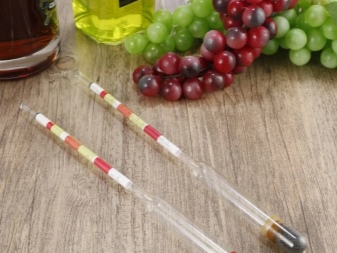
In situations with hybrids of a wine meter and a sugar meter, it is very easy to check the correctness of the readings. To do this, simply place the device in distilled water, the temperature of which should be +20 degrees. Predictably, zero should be fixed on the sugar scale. Fixing problems in this case is also very easy. You will need to make it heavier (apply regular nail polish on the upper part) or, conversely, make it lighter (with a sharp blade "cut off" the glass layer) the device itself.
You can also try to check the accuracy of the wine meter with water. But in any case, it should be remembered what the readings of the described measuring instruments depend on. First of all, we are talking about the temperature regime.
It is no secret that the strength of a chilled alcohol-containing liquid will be lower than that of a similar volume of the same warm liquid. In addition, atmospheric pressure can also have a certain effect on the process under consideration and its results.
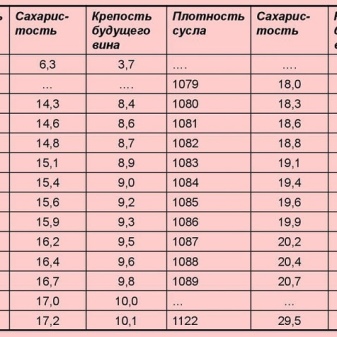














The comment was sent successfully.